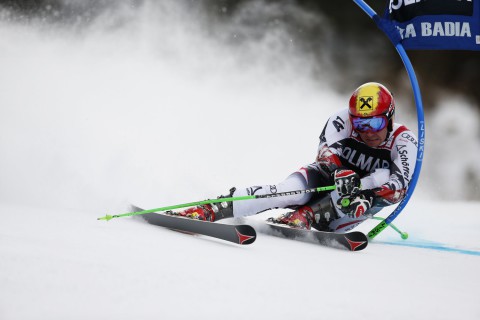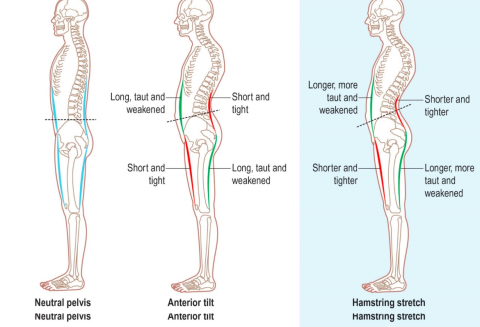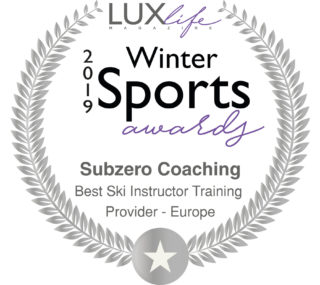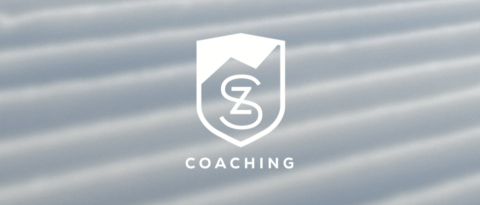Autumn Ski Fitness – Range of Motion – part 2

Ski Fitness – Range of Motion – Part 2
On the previous article we discussed how training movements will improve the ROM of a joint, with the positive domino effect on posture, strength and balance.
Getting the correct movements to work on depends on a few factors:
1. Previous injuries
2. Present postural situation
3. Natural/inherent bone and joint flexibility
4. Athletic maturity
Injuries need specific movements in order to be treated.
ACL, the classic ski injury, will need constant flexion and extension exercising in order to get back to the natural range of motion. Closed chain exercises will be better than open chain ones etc.
Generally speaking, if you think you might have incurred in a muscle tear, leave it out from hard workouts until full recovery.
It is essential to rely on the help of a professional with the right amount of experience in the sport rehab environment.
Posture has great implications in the choice of exercises.
A classic skiing postural issue is the anterior pelvic tilt, where the pelvis shifts forward and down, pulling the lumbar spine into an excessive curve (hyperlordosis).
At that point the abs and the hamstrings will become “long” and weakened, while the quads (specifically the rectus femoris) and the lumbar muscles will become short and tight.
The classic stretching exercises for the hamstring will probably go against our purposes in this case; in fact it would end up stretching an already “long” muscle, weakening it even further and not allowing it to pull against the lumbar and quads muscles, letting the tilt becoming more evident.

Instead, we would need to concentrate on extension of the lumbar muscles with appropriate posture and exercises. A good yet simple one is to lie on your back, with your legs flexed, trying to get the lumbar spine in contact with the floor.
The pelvic anterior tilt will need a fair bit of time and attention to be solved entirely, as the skier affected by it performs many of the movements whilst in this pelvic tilted position.
Inherent/Natural flexbility of the joints and bones is fundamental.
If there is a joint that has a limited range of movement because of a structural (therefore not changeable) reason we should avoid pushing its limits. We need to look after the joints around it that will probably have to compensate for its lack of ROM.
The opposite case, when a joint has a greater than average range of motion, means it could pick up problems in the long term. This can be corrected with exercises that fix the lack of strength of some muscles and de-tense others (this is a frequent situation with shoulders joints).
Age and athleticism will make a difference.
The older we get, the more difficult it is to make substantial gains in a short time. A long history in sport will provide a greater advantage in building a new muscle memory and range of motion. Young joints adapt more easily and recover more quickly from stress than older ones. A careful nutritional plan will definitely help keeping the recovery time down and inflammation under control, enabling continuous and pain-free development!

Ski Fitness – Range of Motion Conclusions
Generally speaking the help of a professional is often needed to plan a training program, specially in the presence of a wrong postural habit or a previous injury.
A general advise for those who want to try on their own is to work with movements that can be controlled. At a slow speed the body will give a more understandable feedback.
Being constant and patience will be the key of success.
Ski Fitness – Range of Motion Part 1
Note to the reader.
The article “Ski Fitness Range of Motion” is part of a wide programme of seminars organized for trainees of Subzero Coaching courses. The article not intented as exaustive resume of the subject.
The information provided on this site should not be used for diagnosing or treating a health problem. It is not a substitute for professional care.
Subzero Coaching is a sport coaching company specialised in Ski Instructors Education. We are based in Zermatt, Switzerland. Where we run winter courses for professionals towards the Level 3 ISIA Stamp as well as the Level 4 Full Certification. Seminars on this and many more topics are delivered in all our ski instructor courses.
Our Coaching Team comes from different backgrounds and associations. Enabling us to provide excellent training to instructors belonging to different education systems.
One to one coaching, Race training camps and much more are also available for professionals looking to develop further in their pathway.
